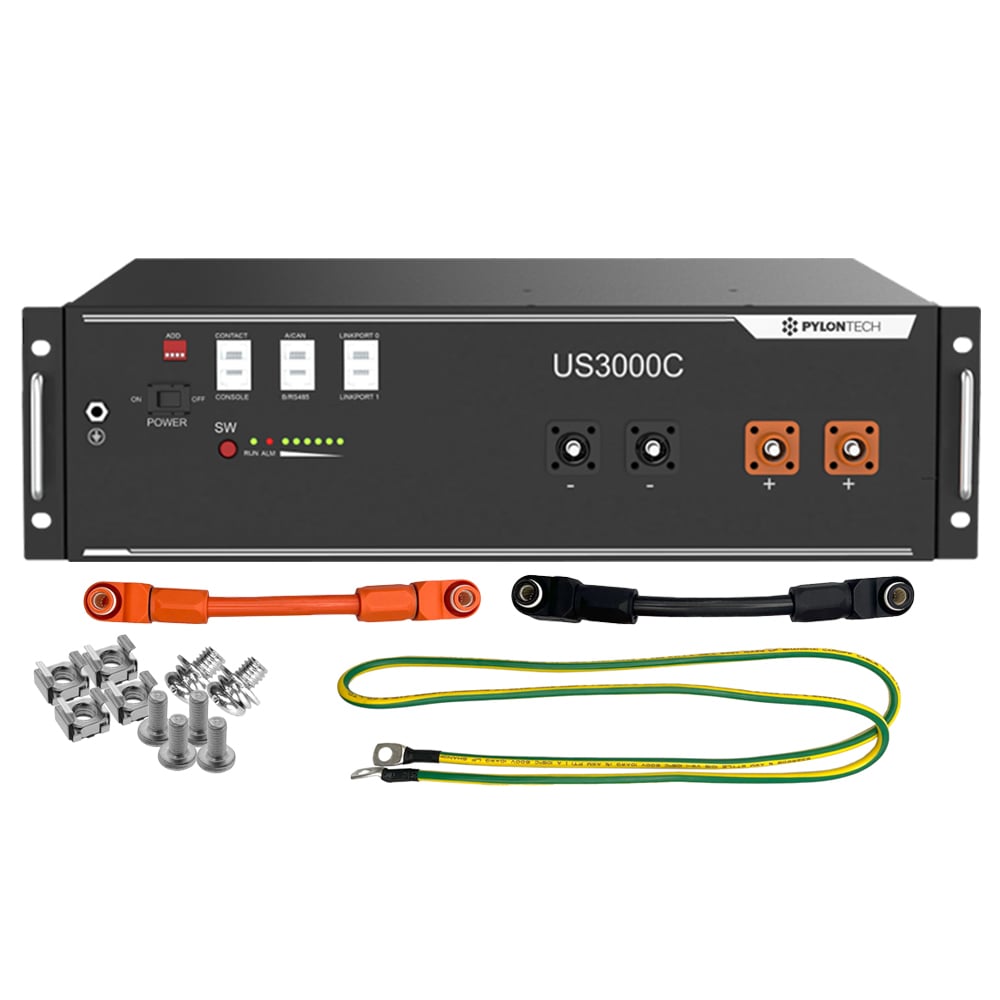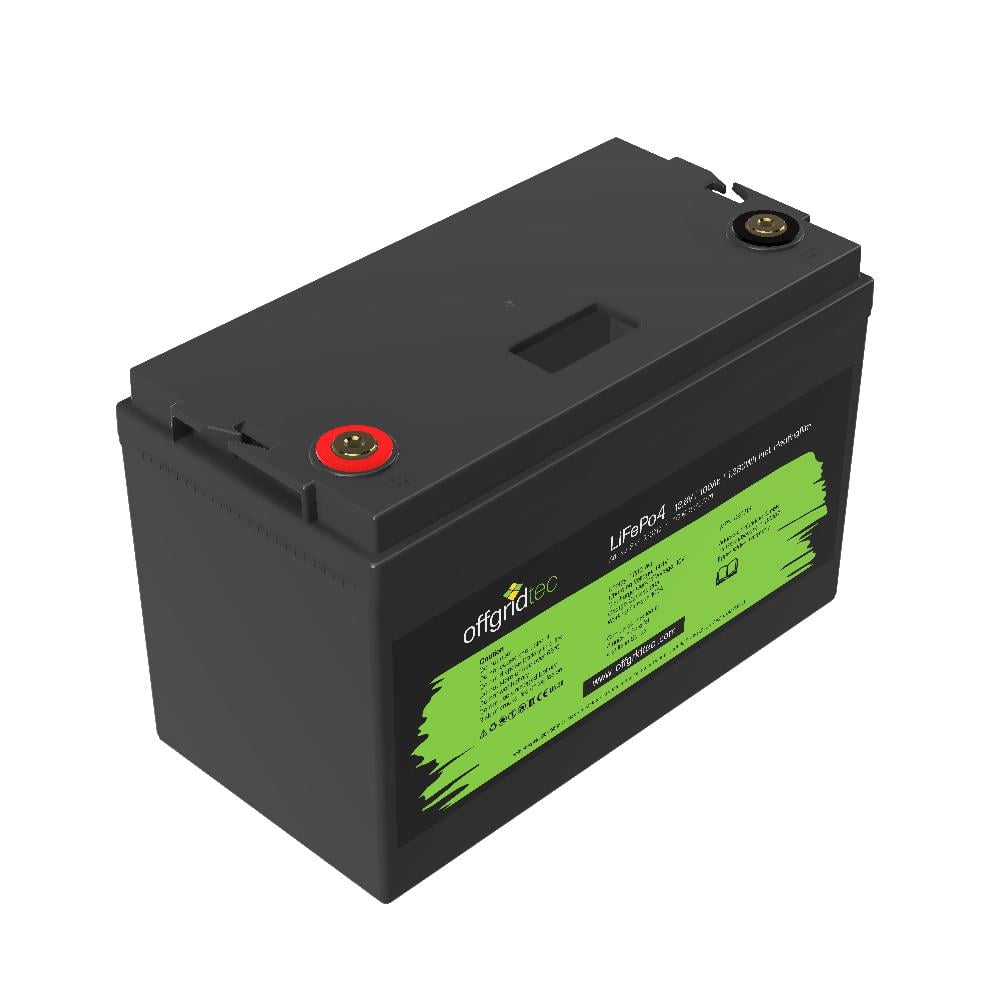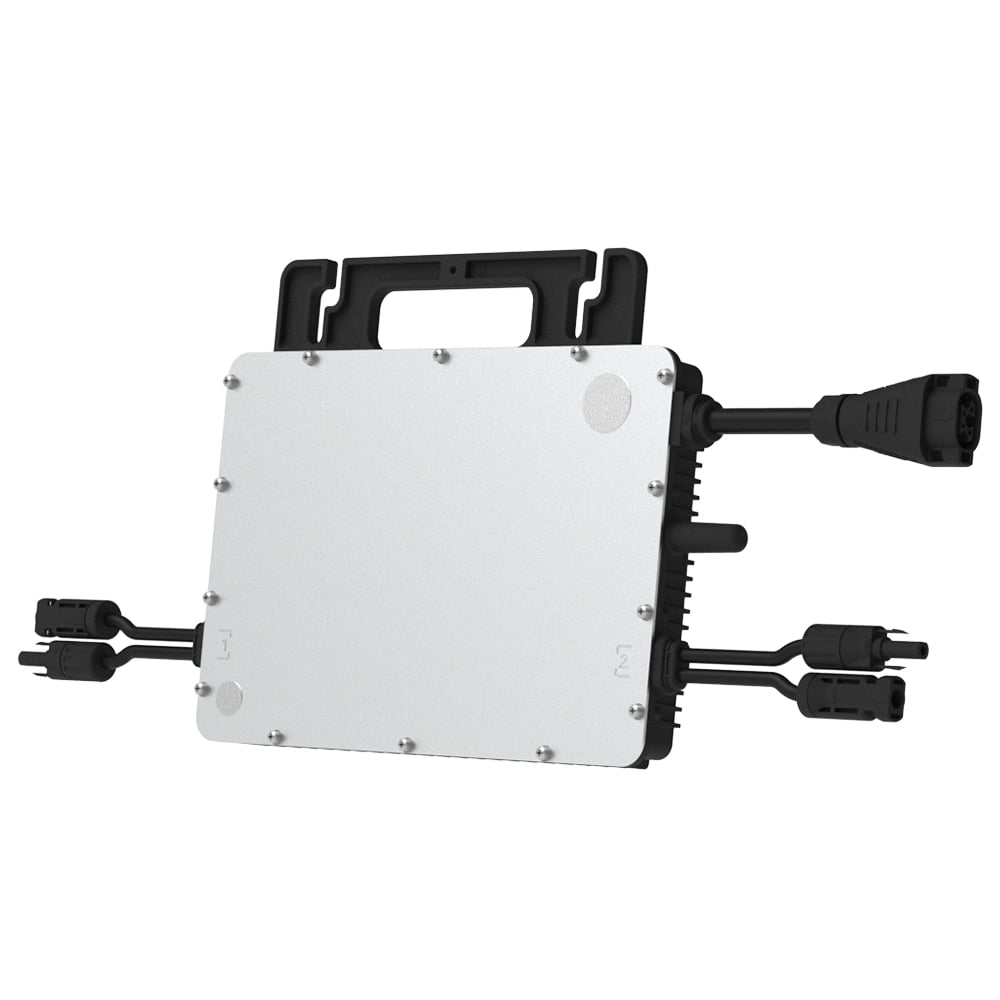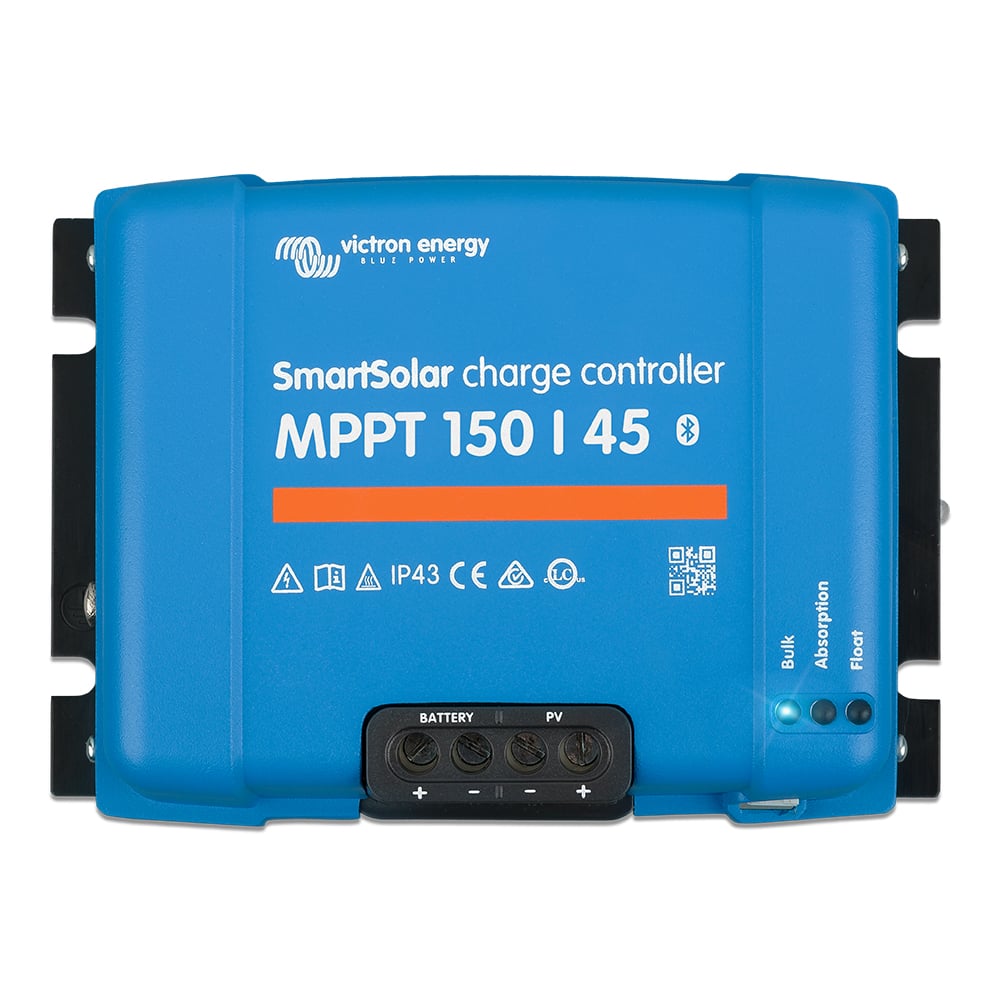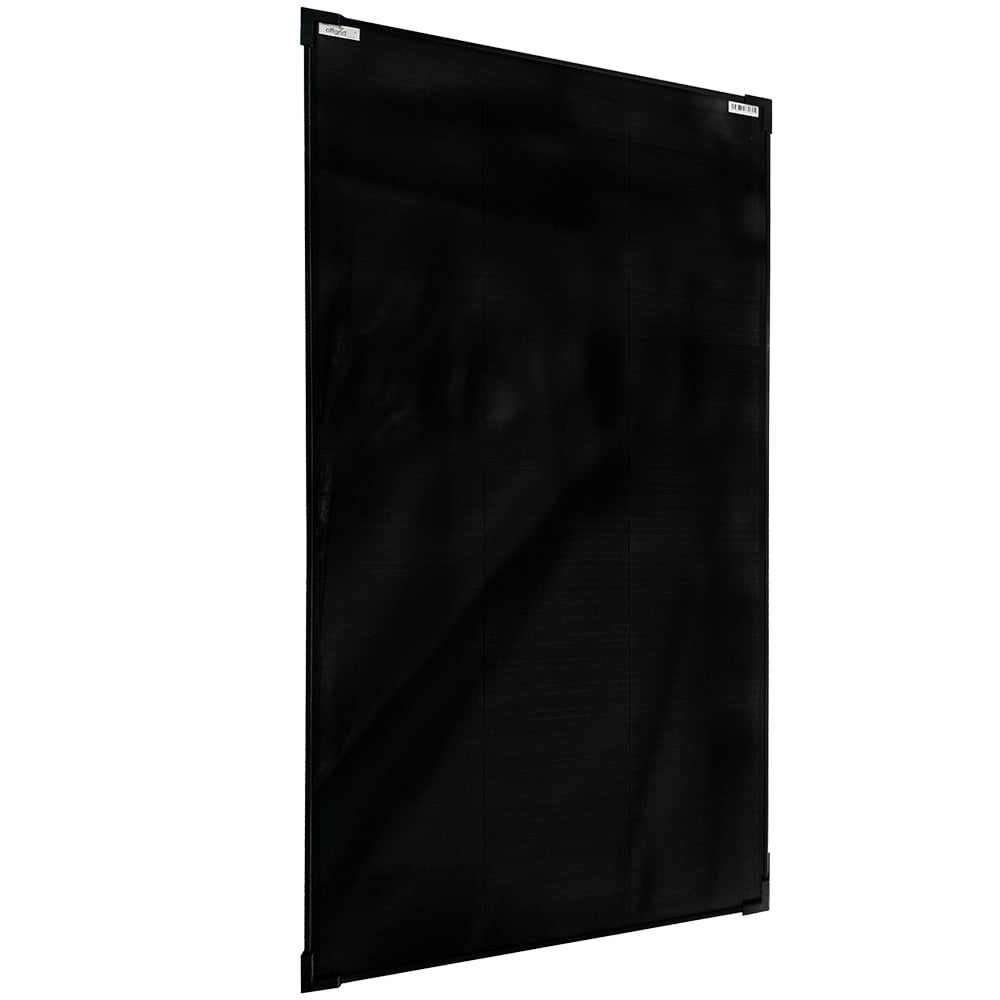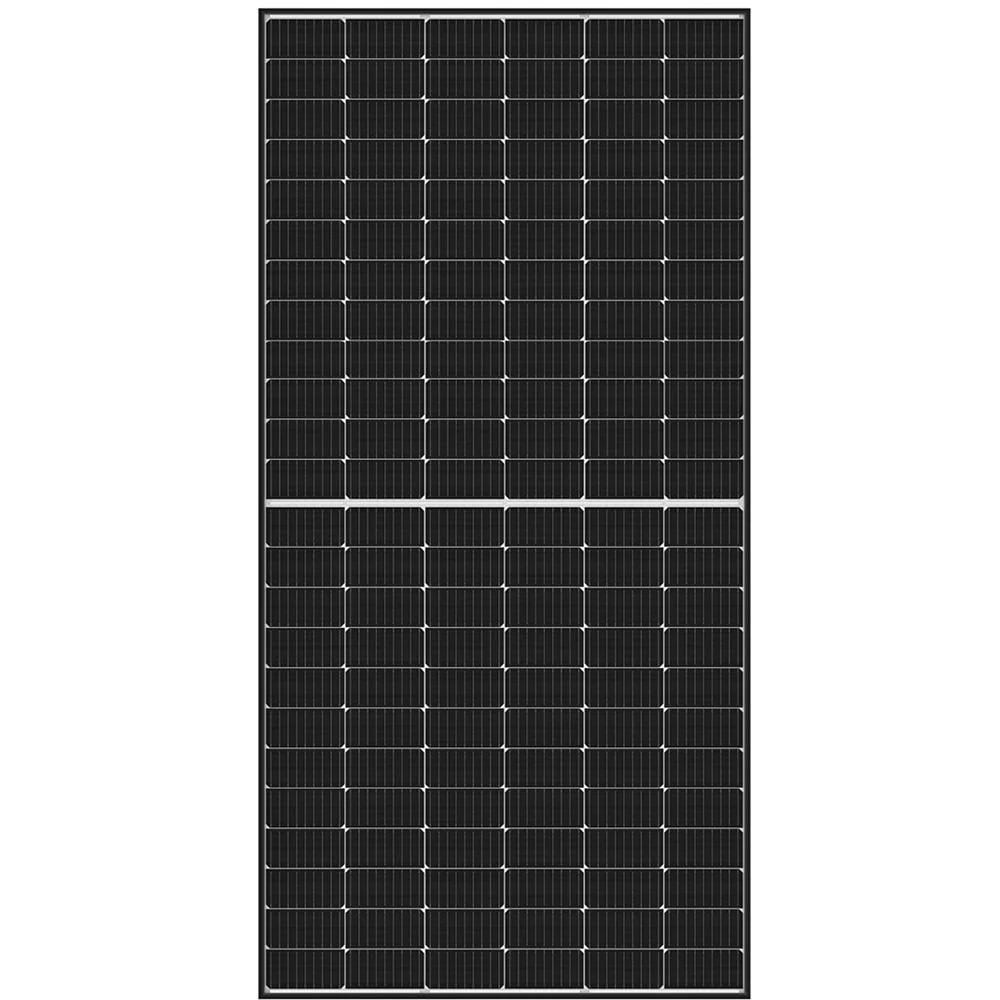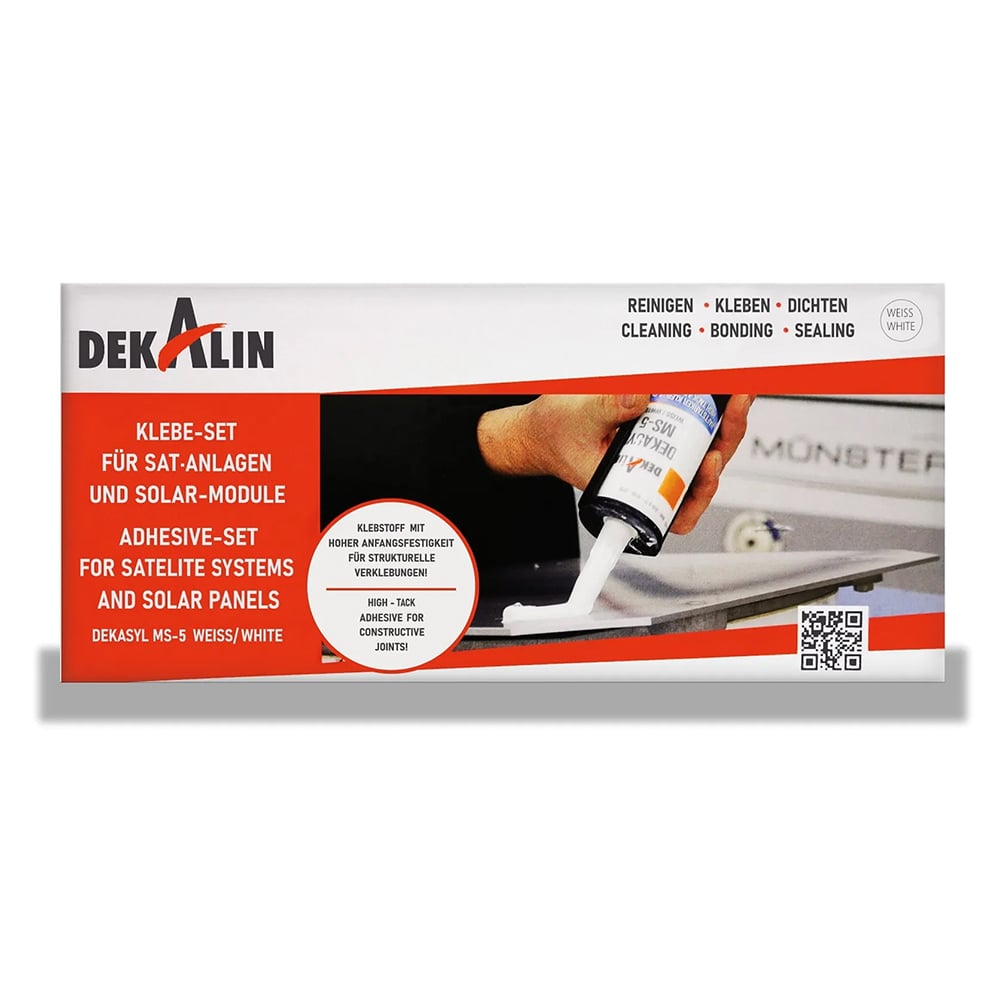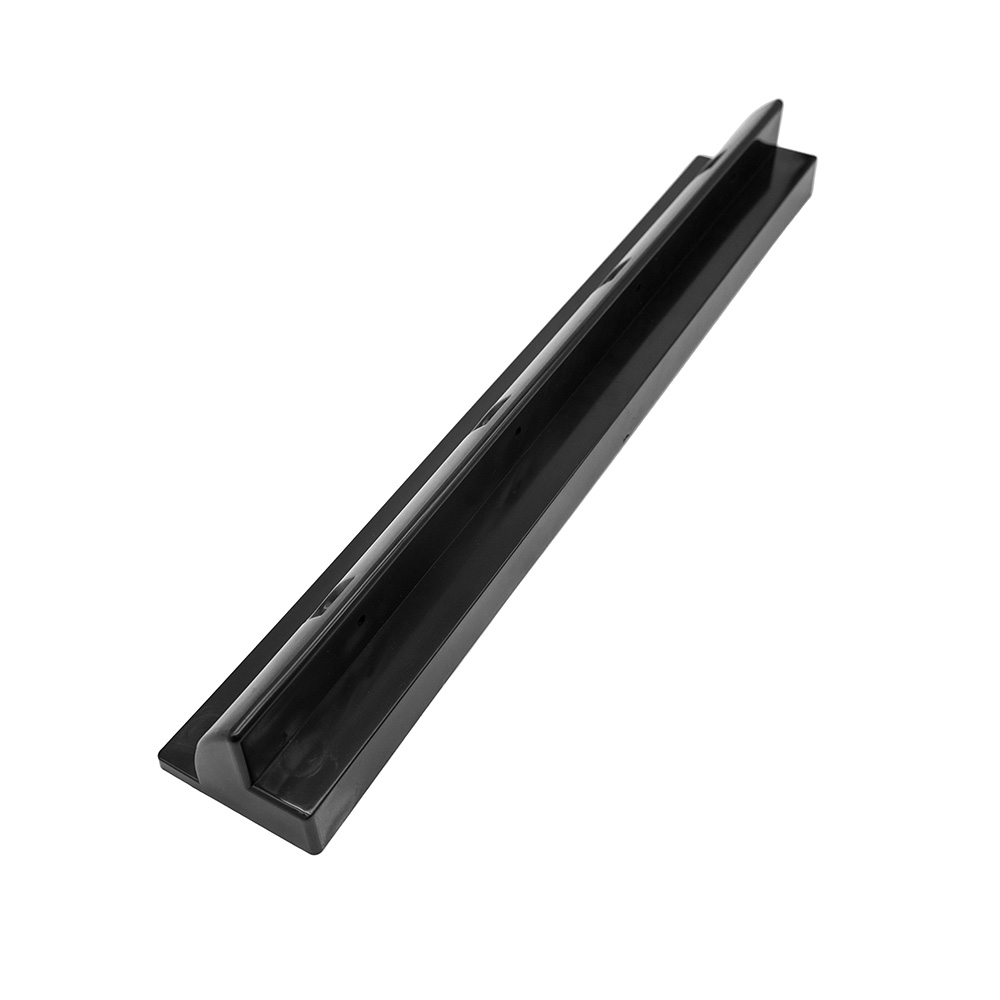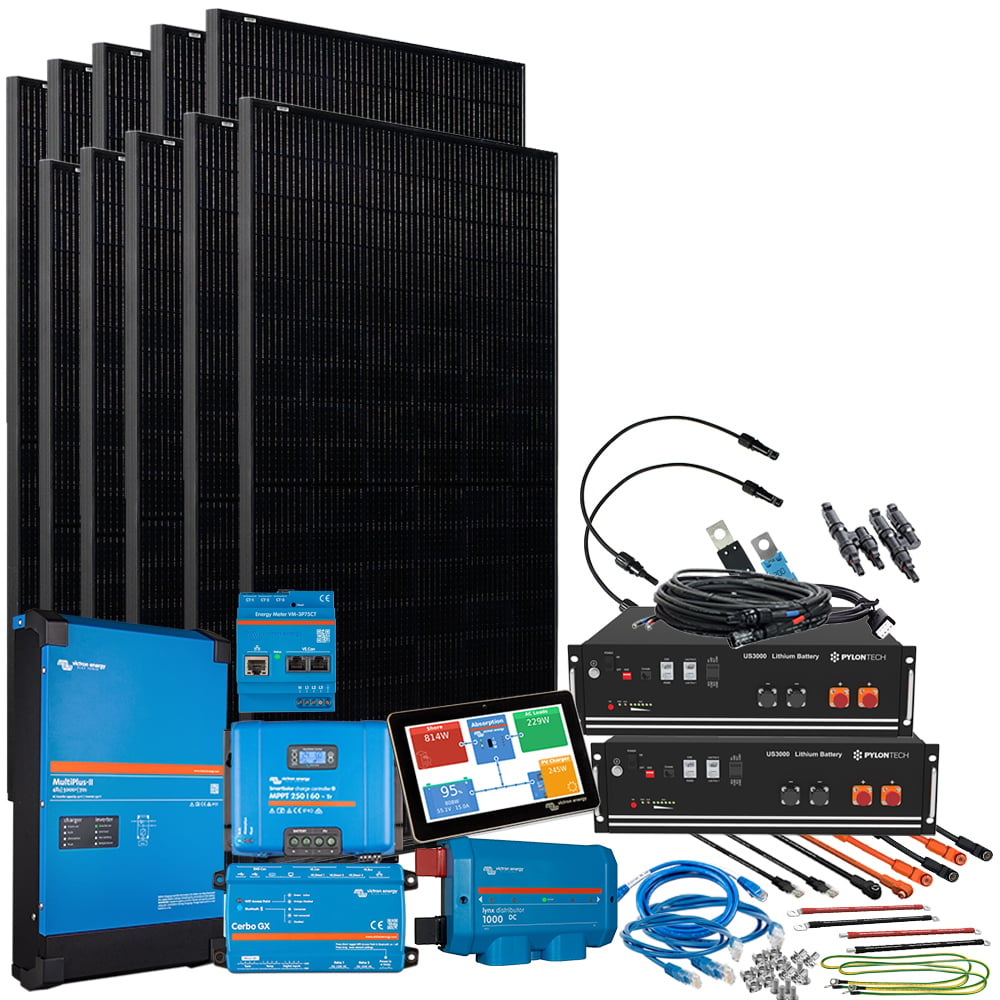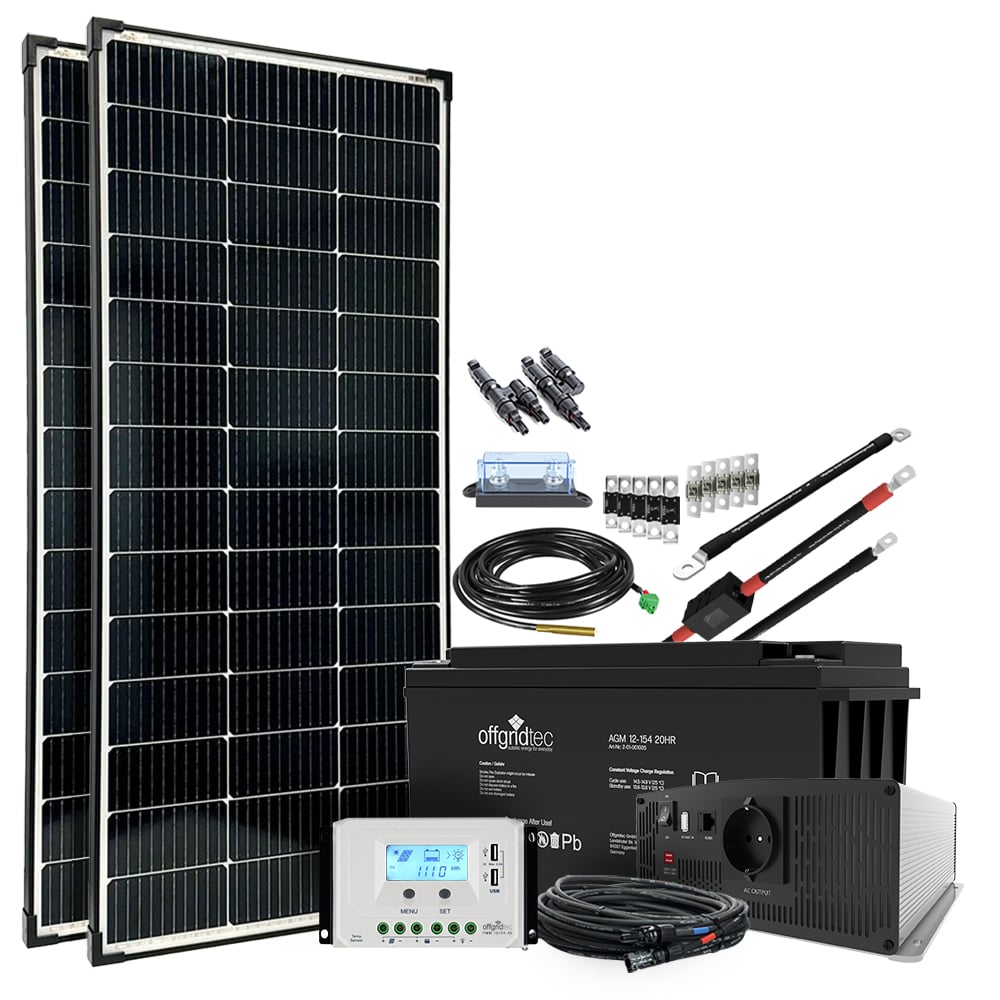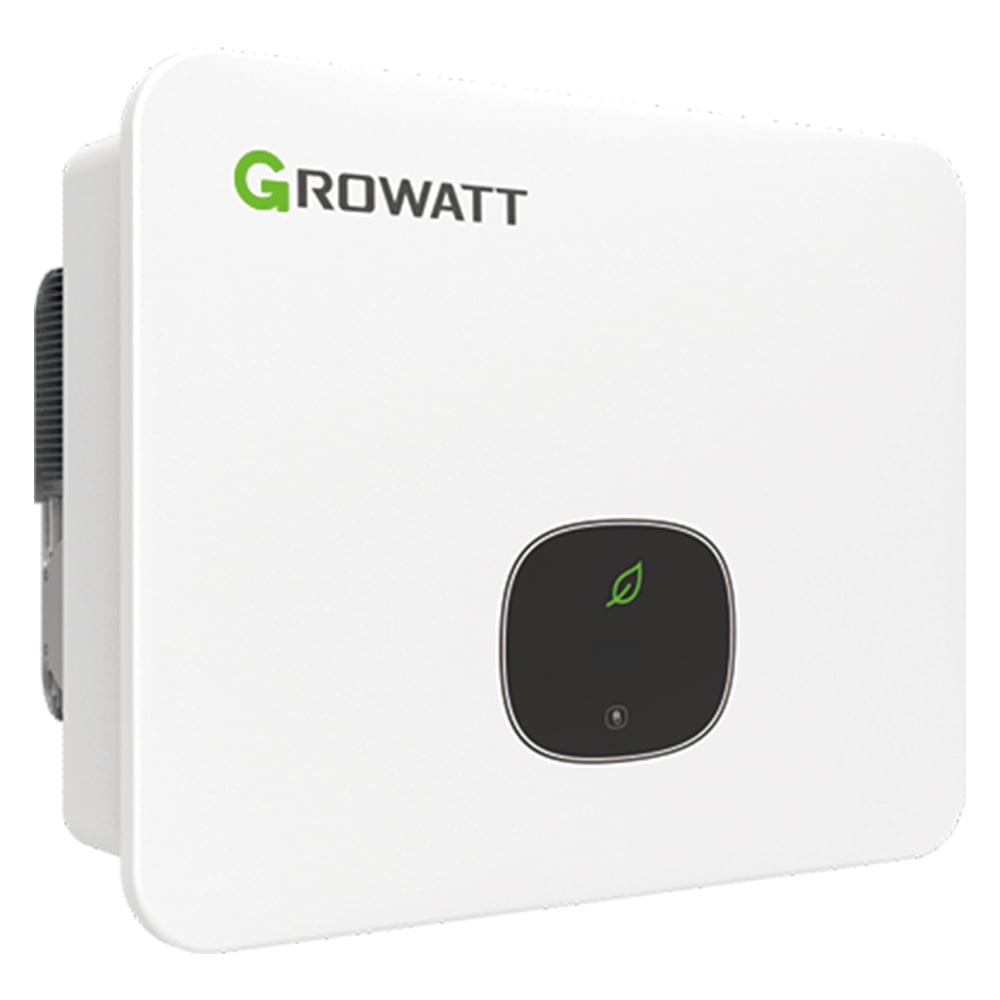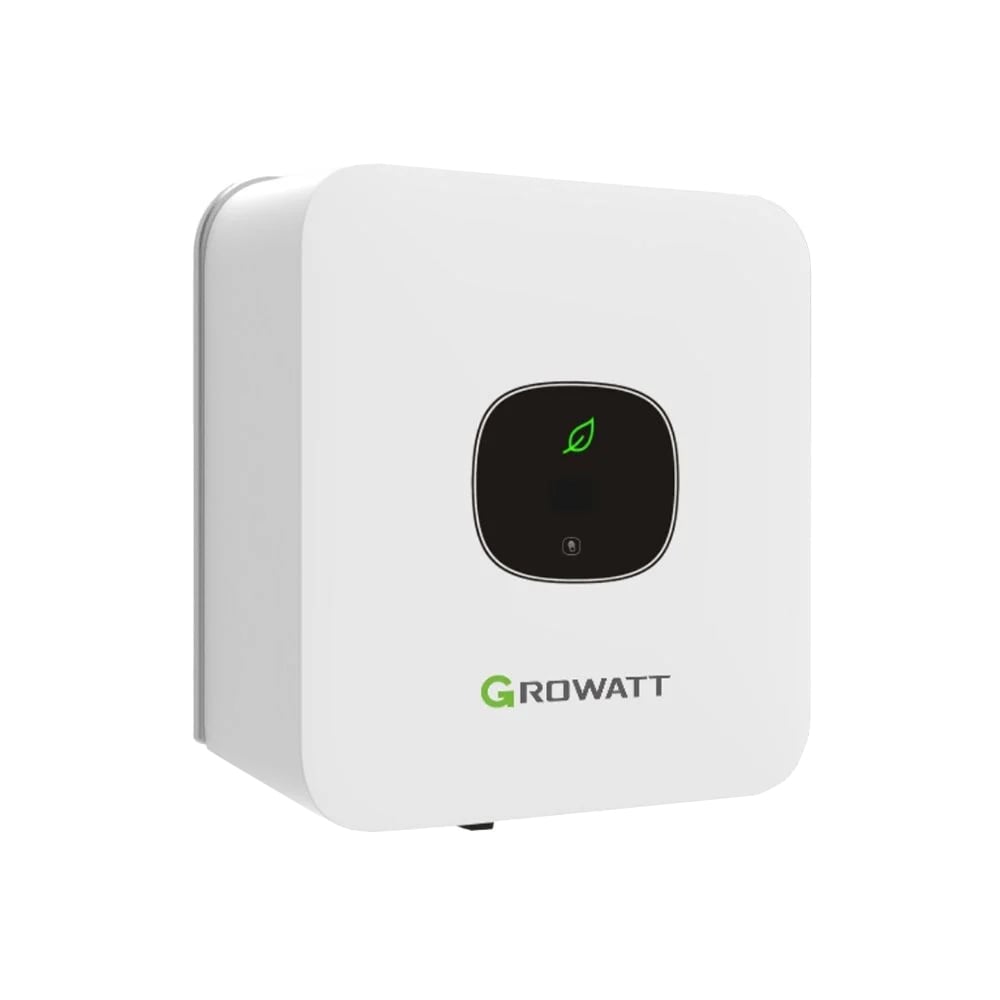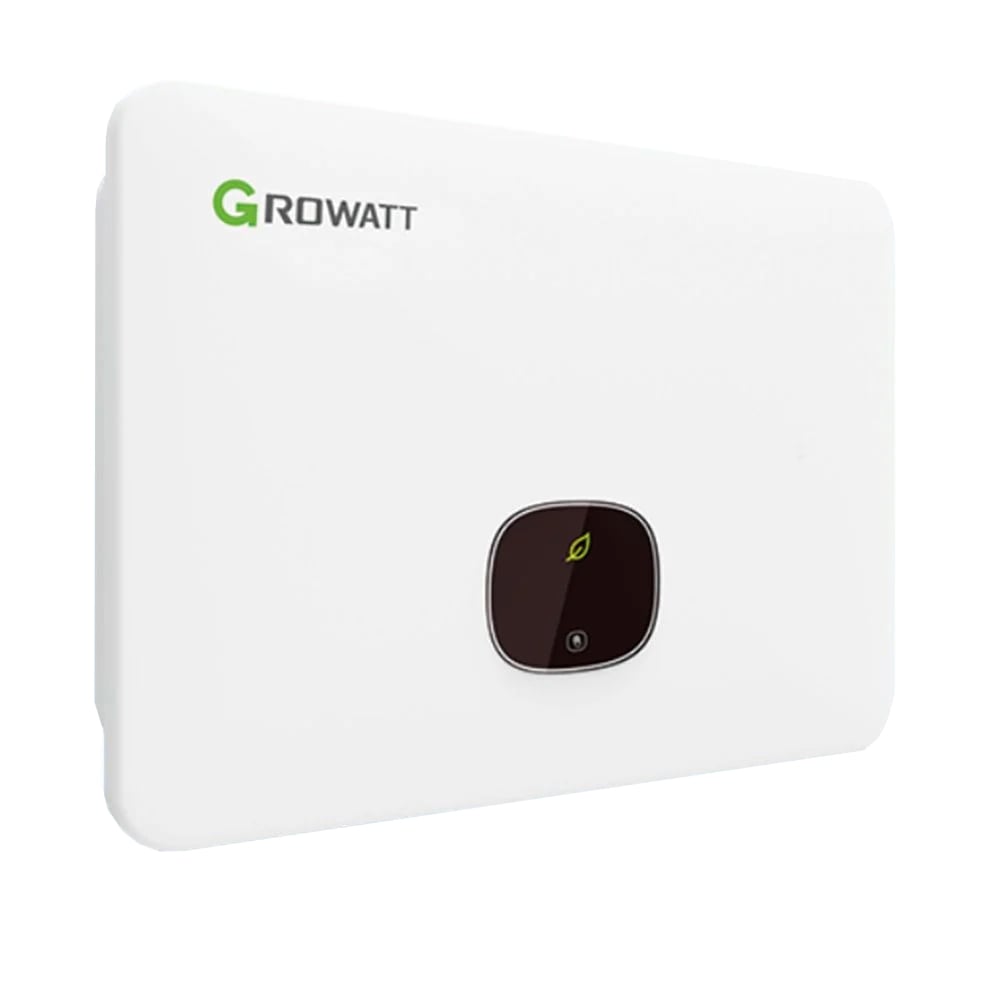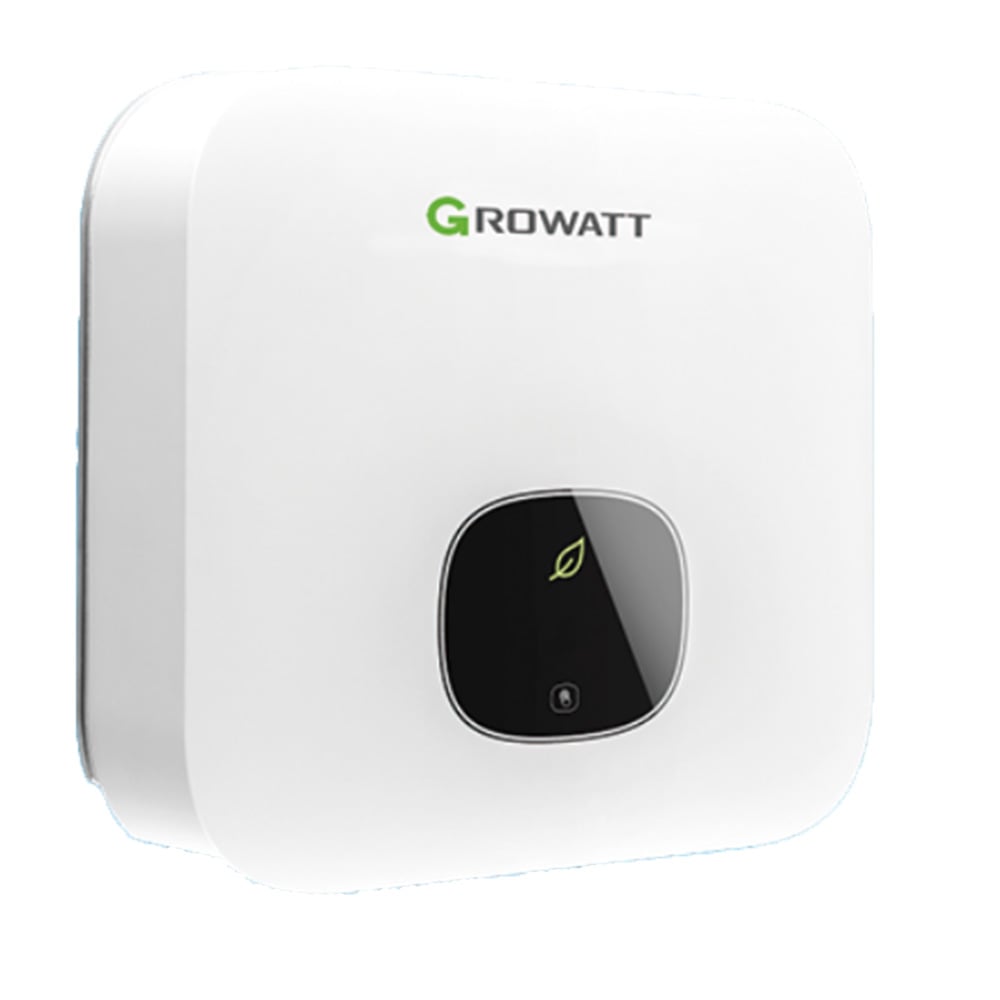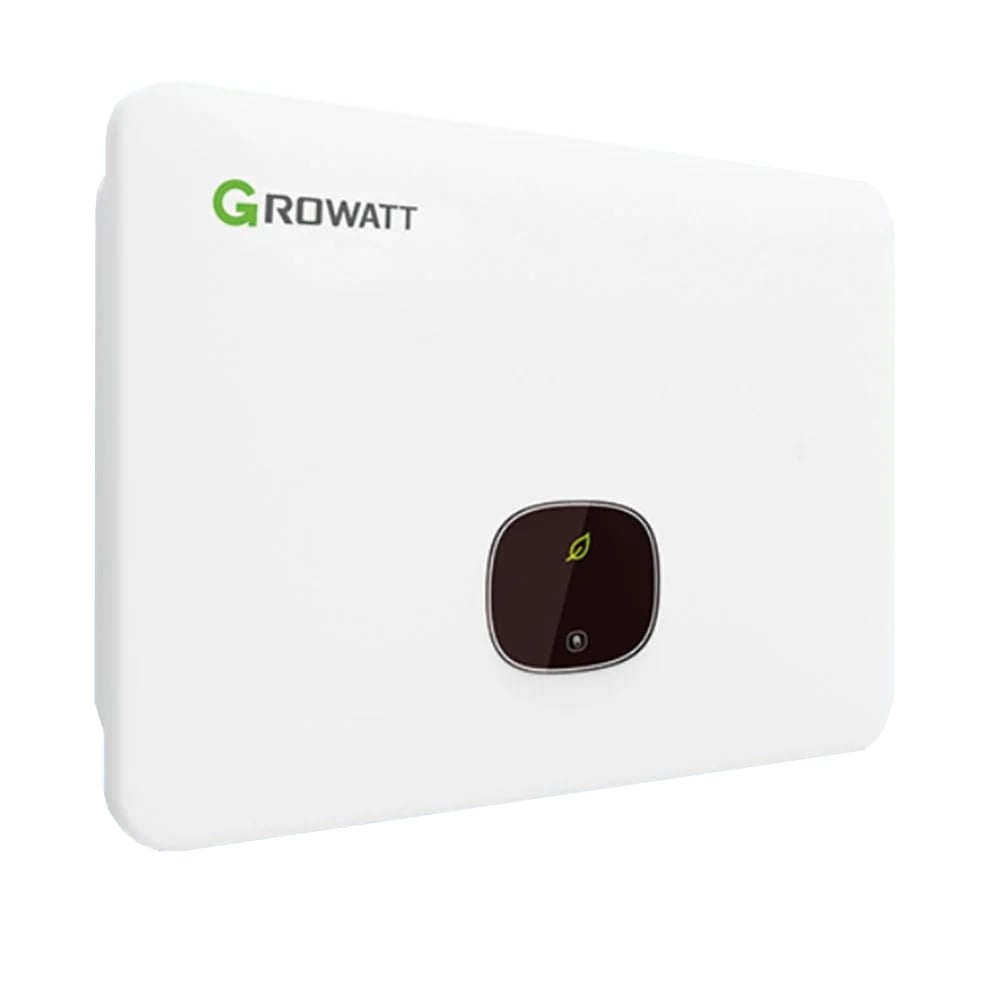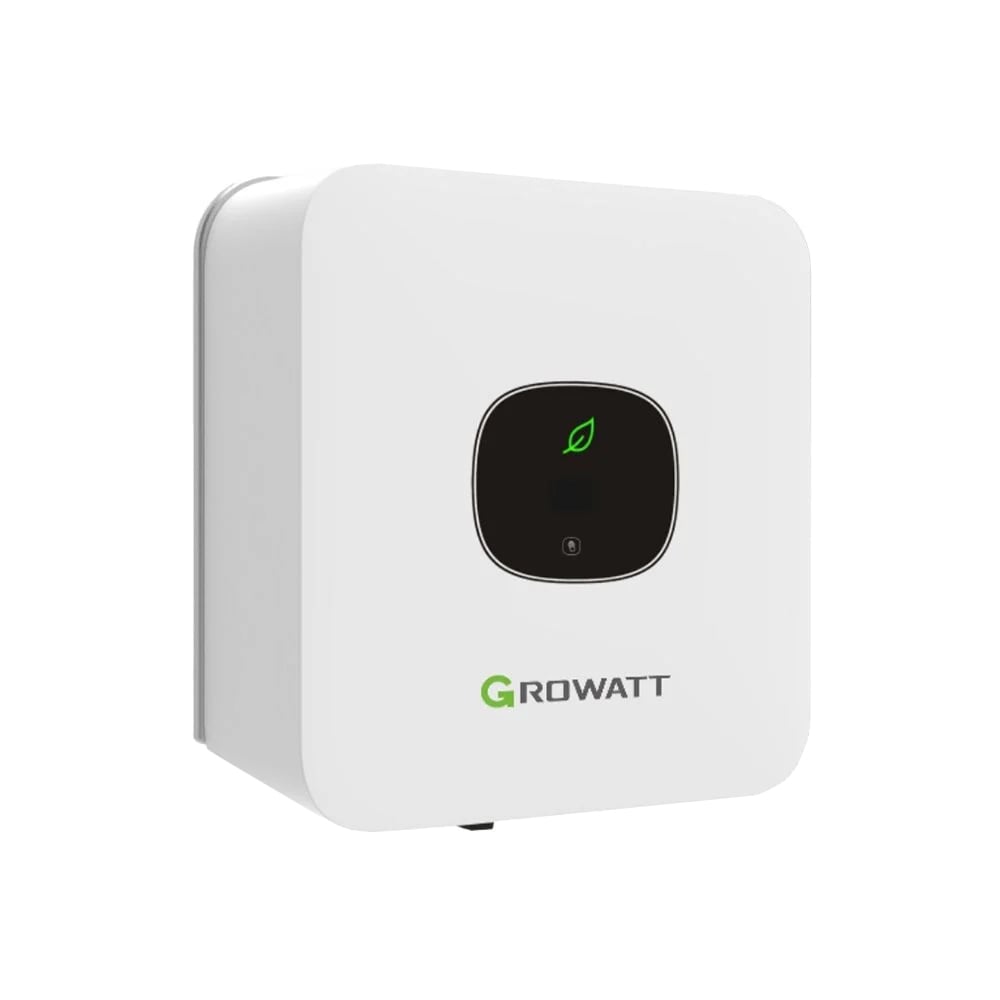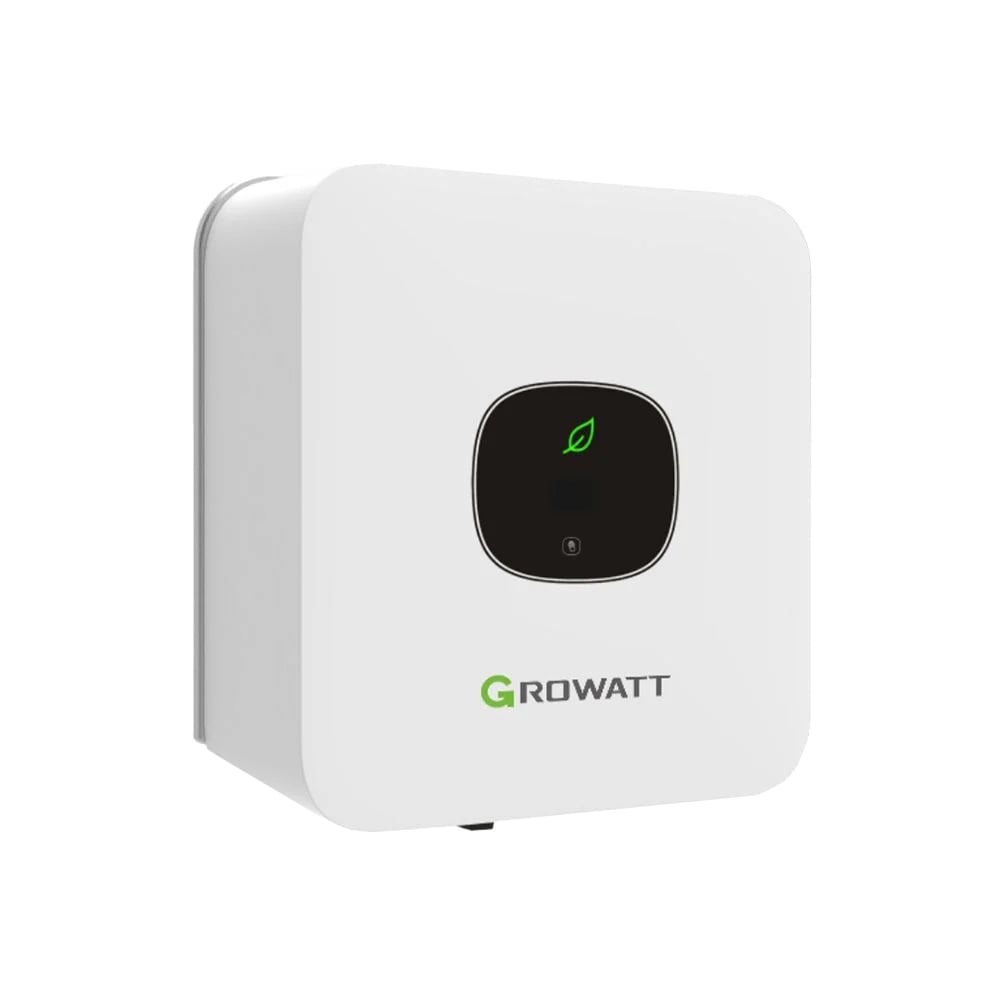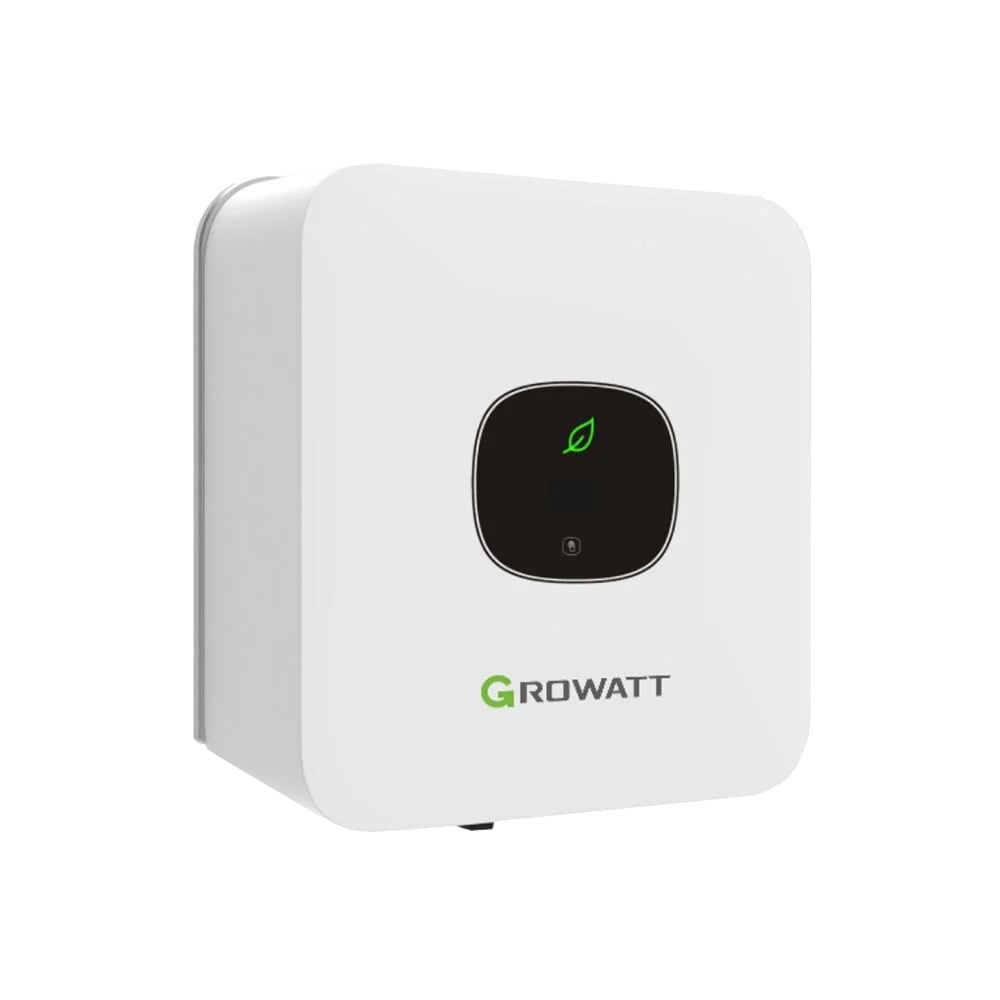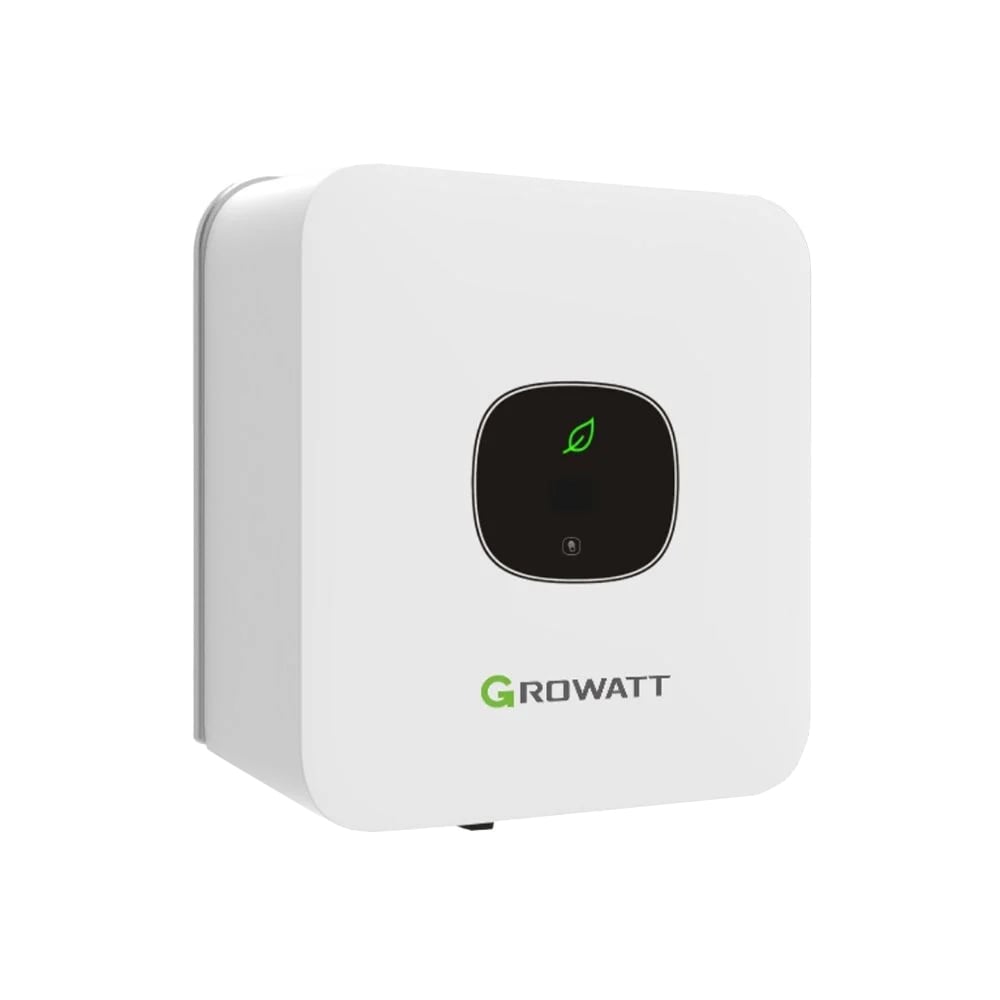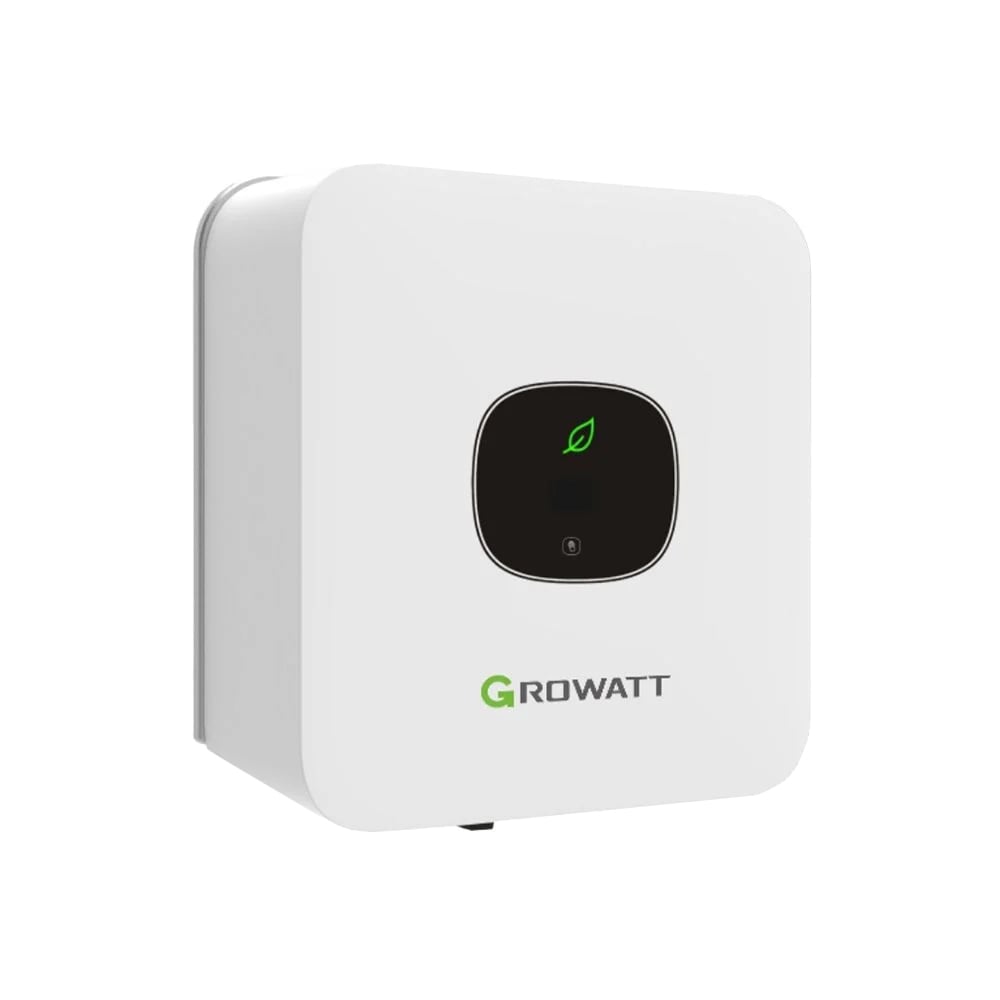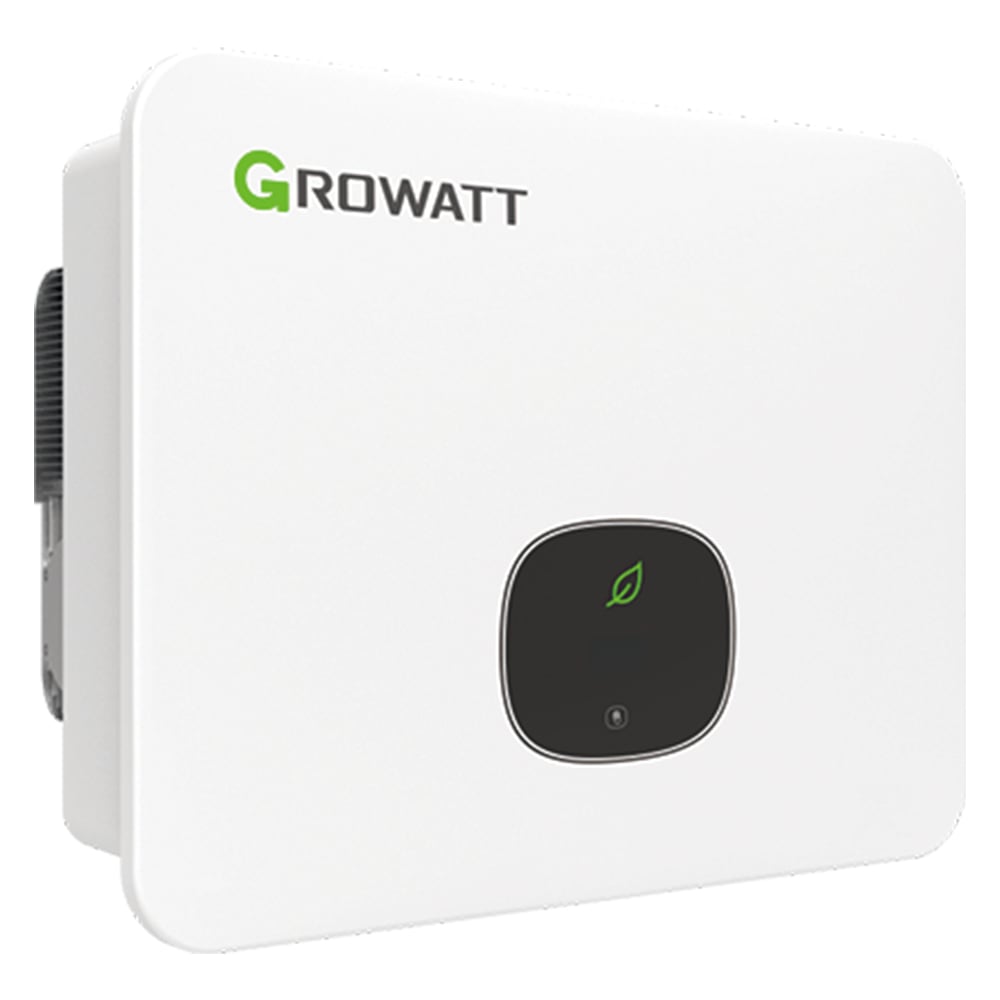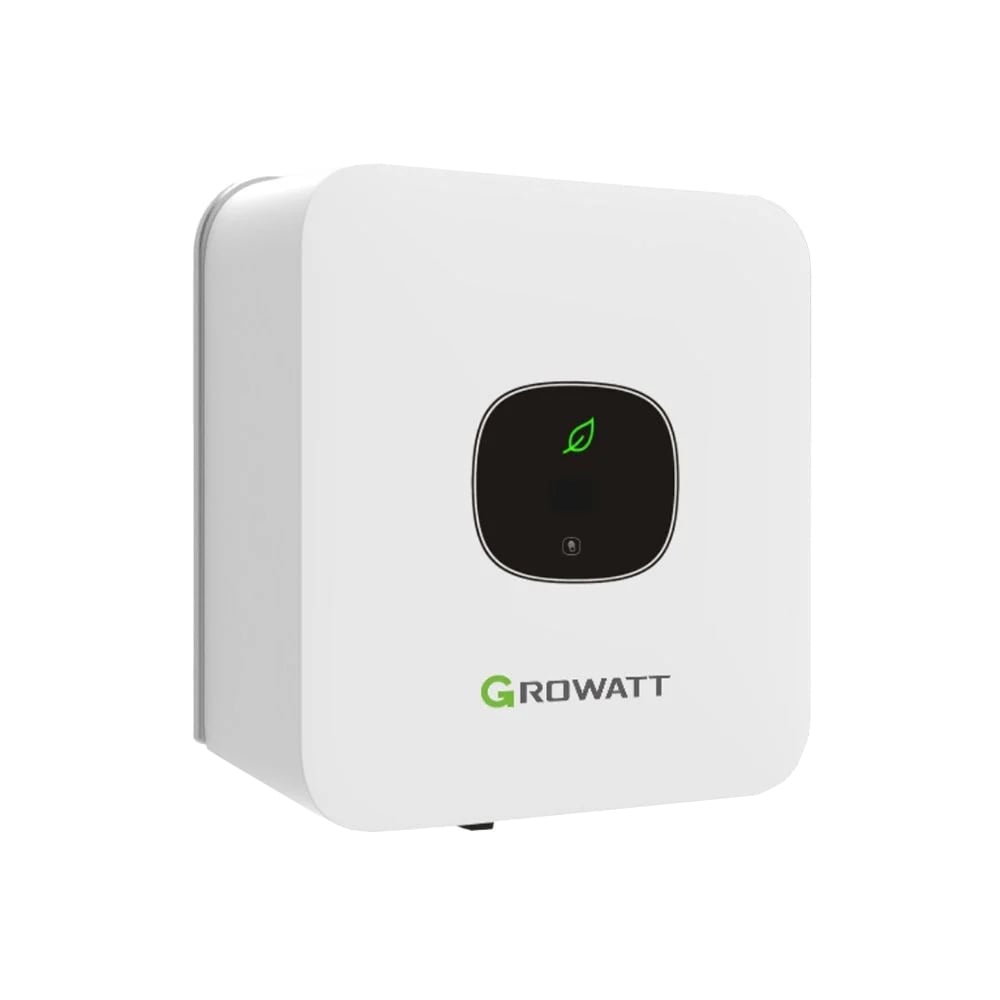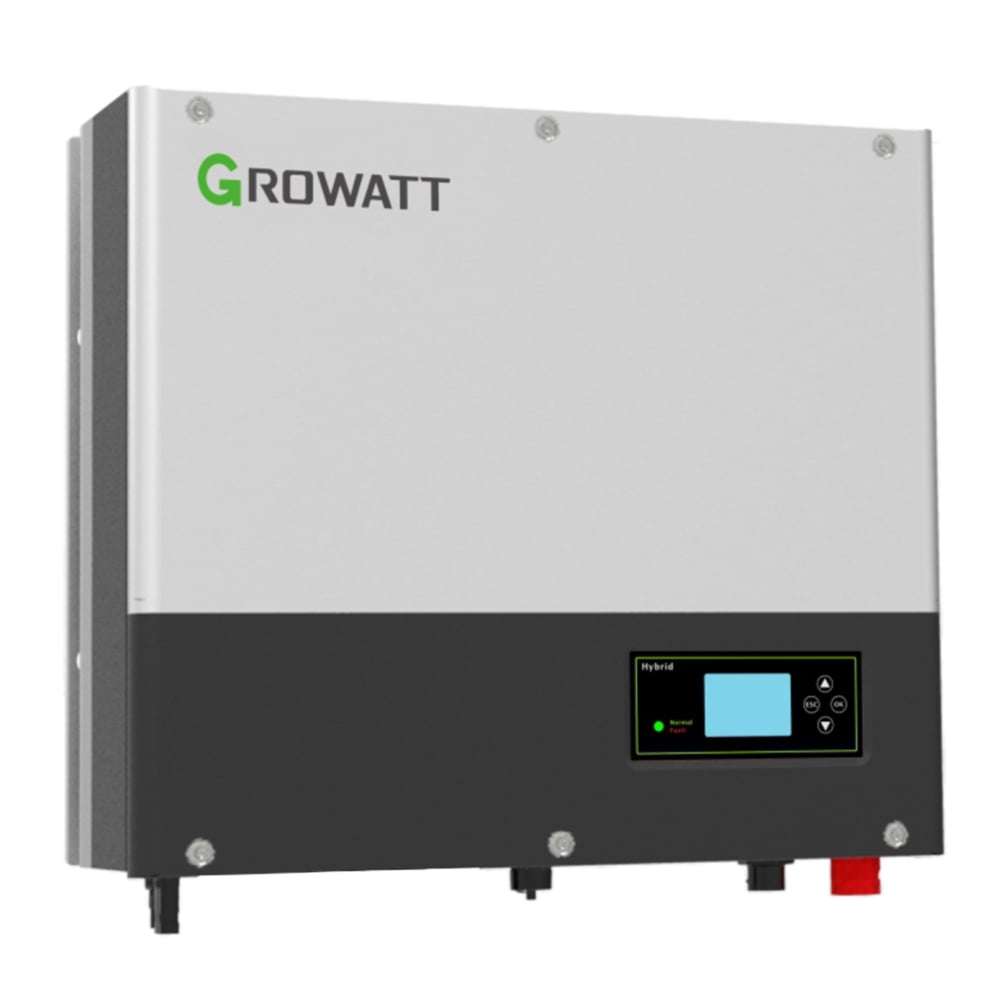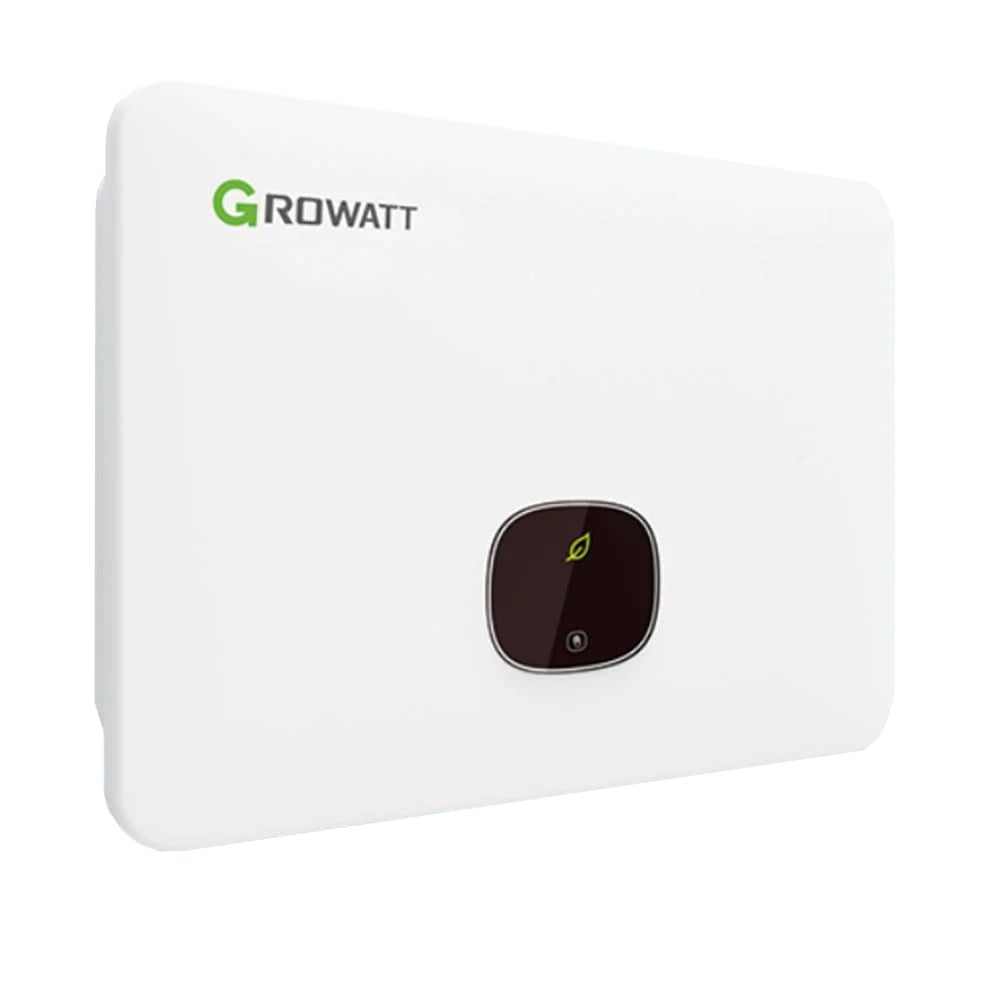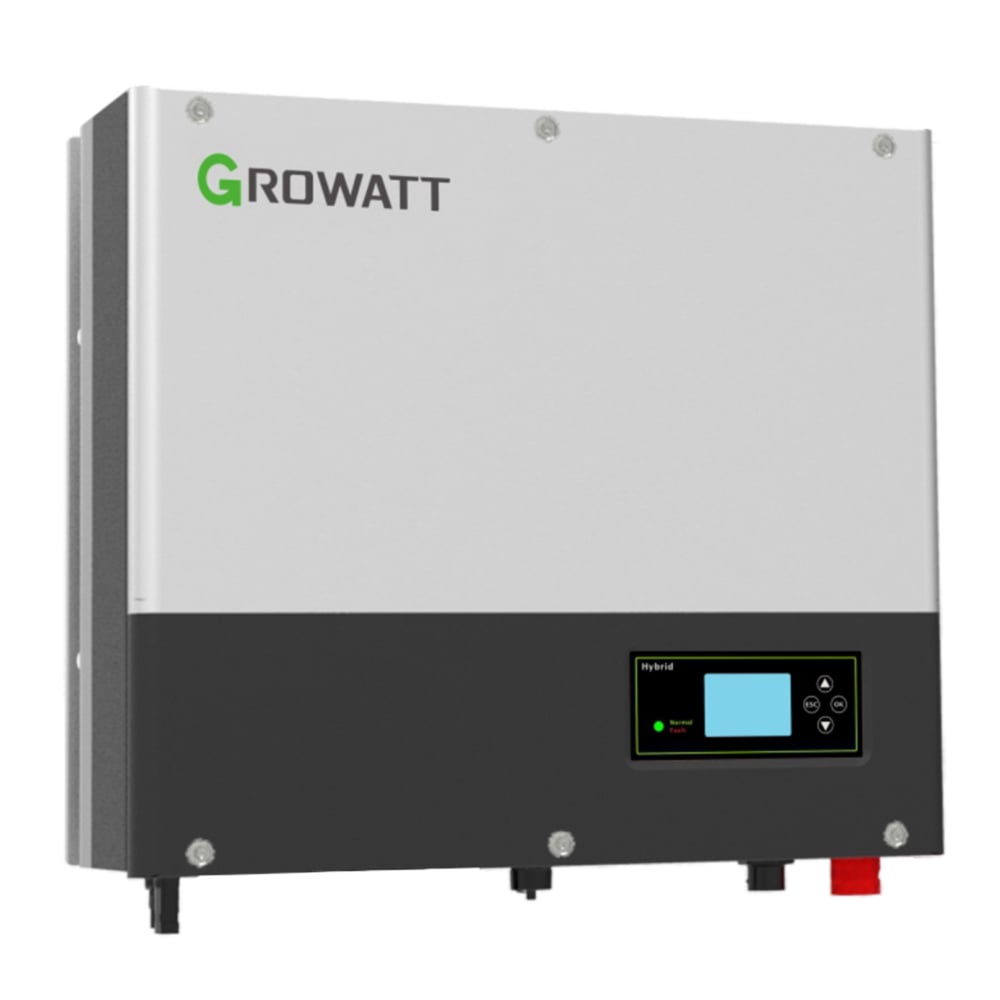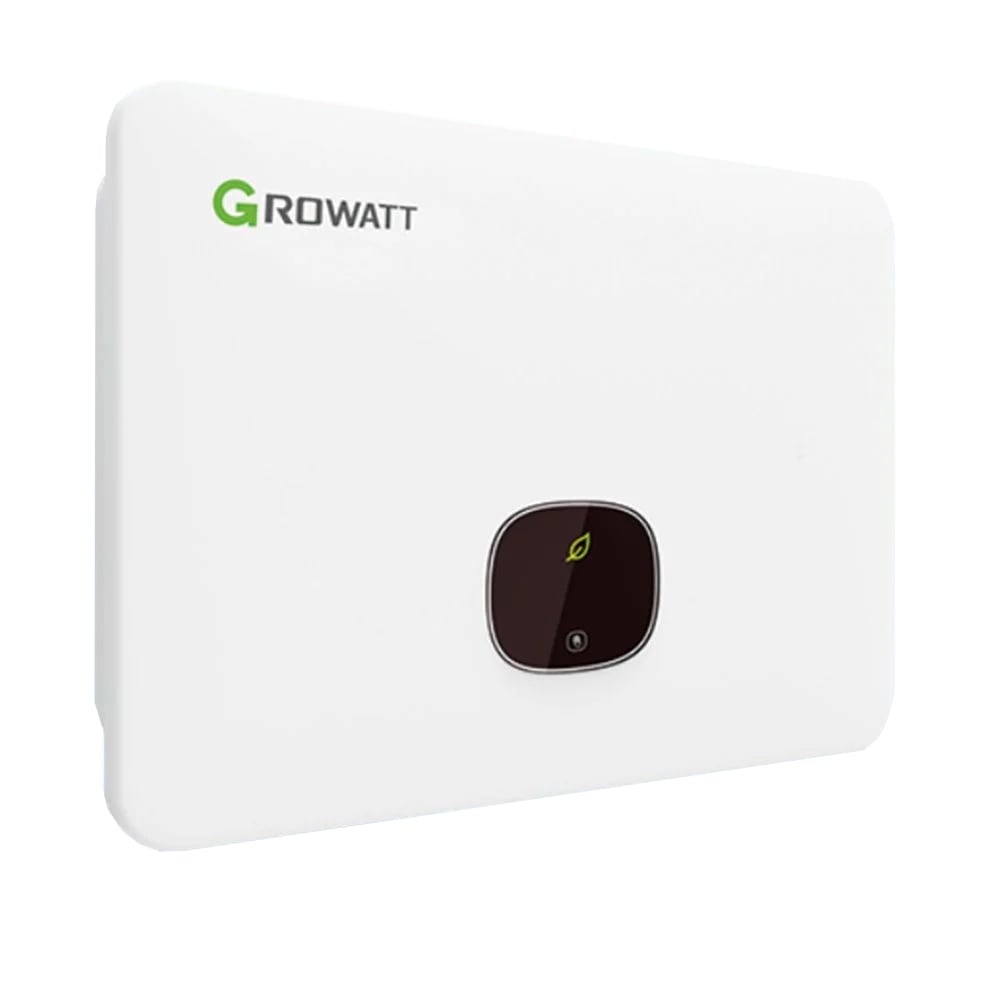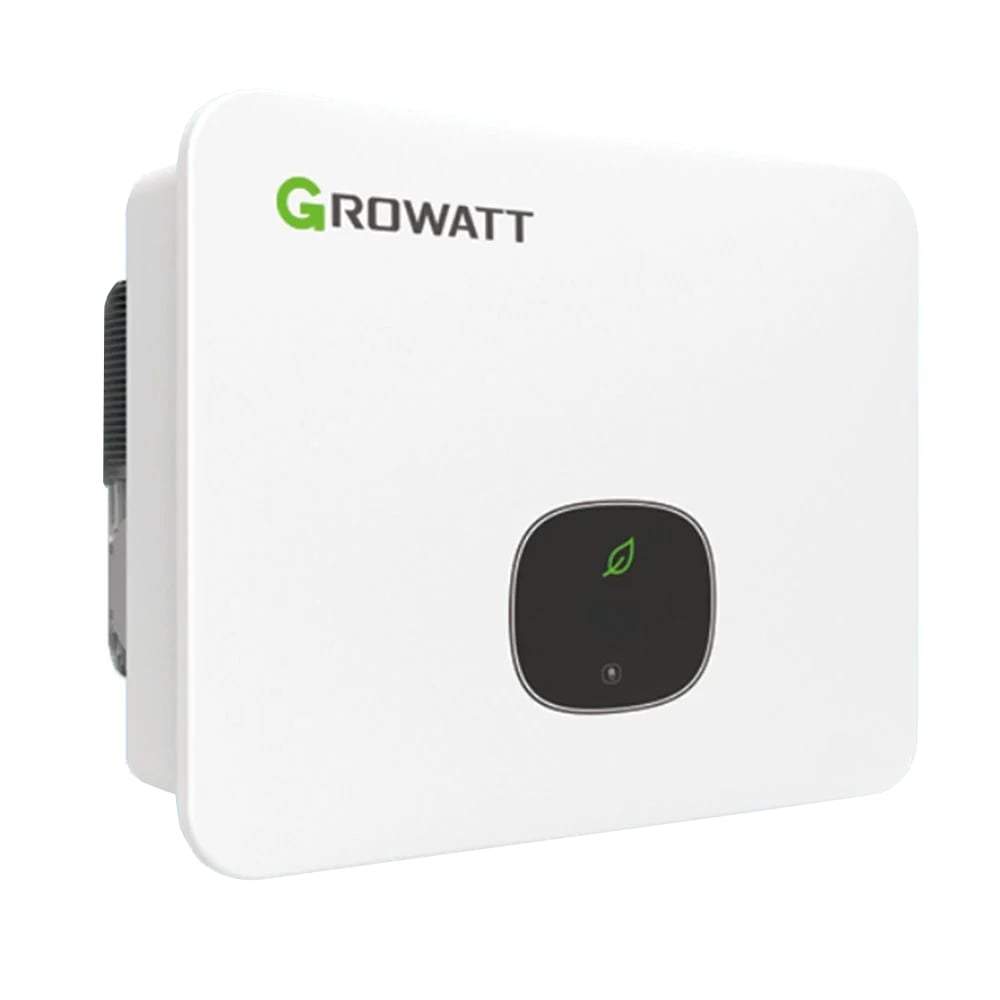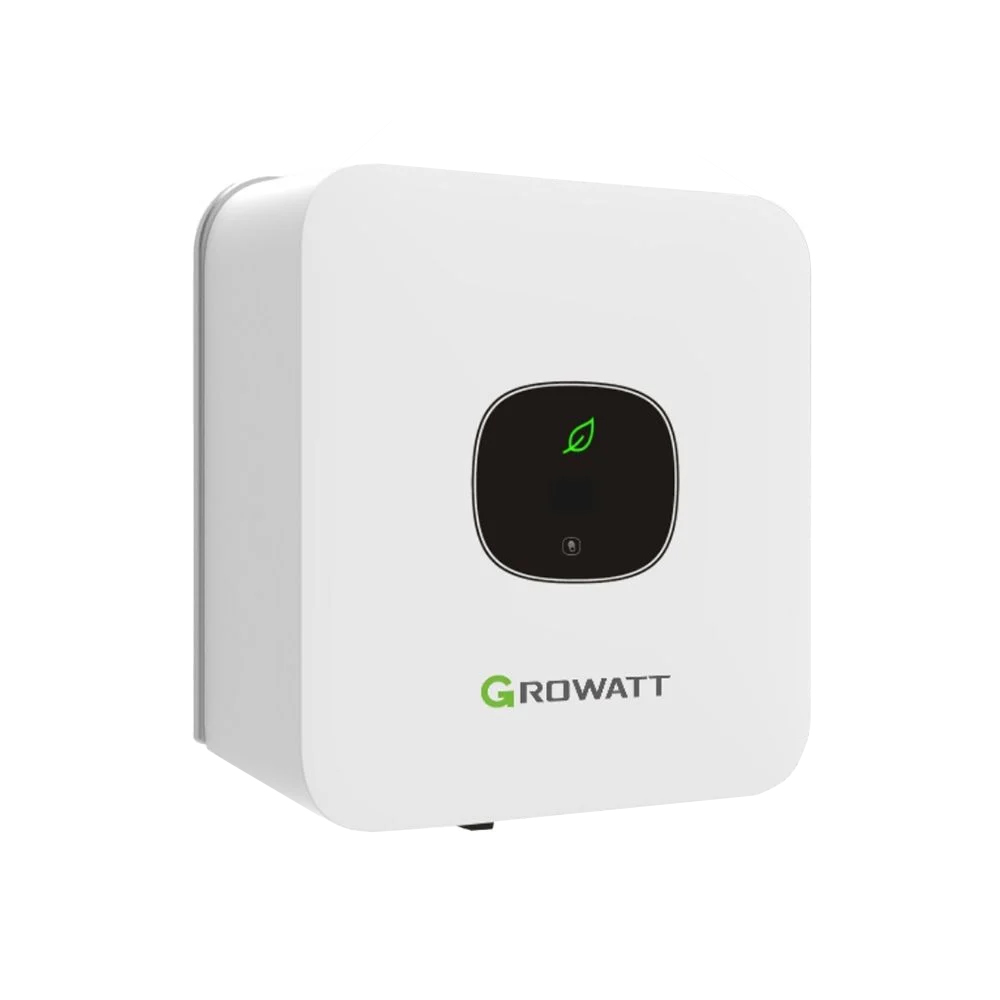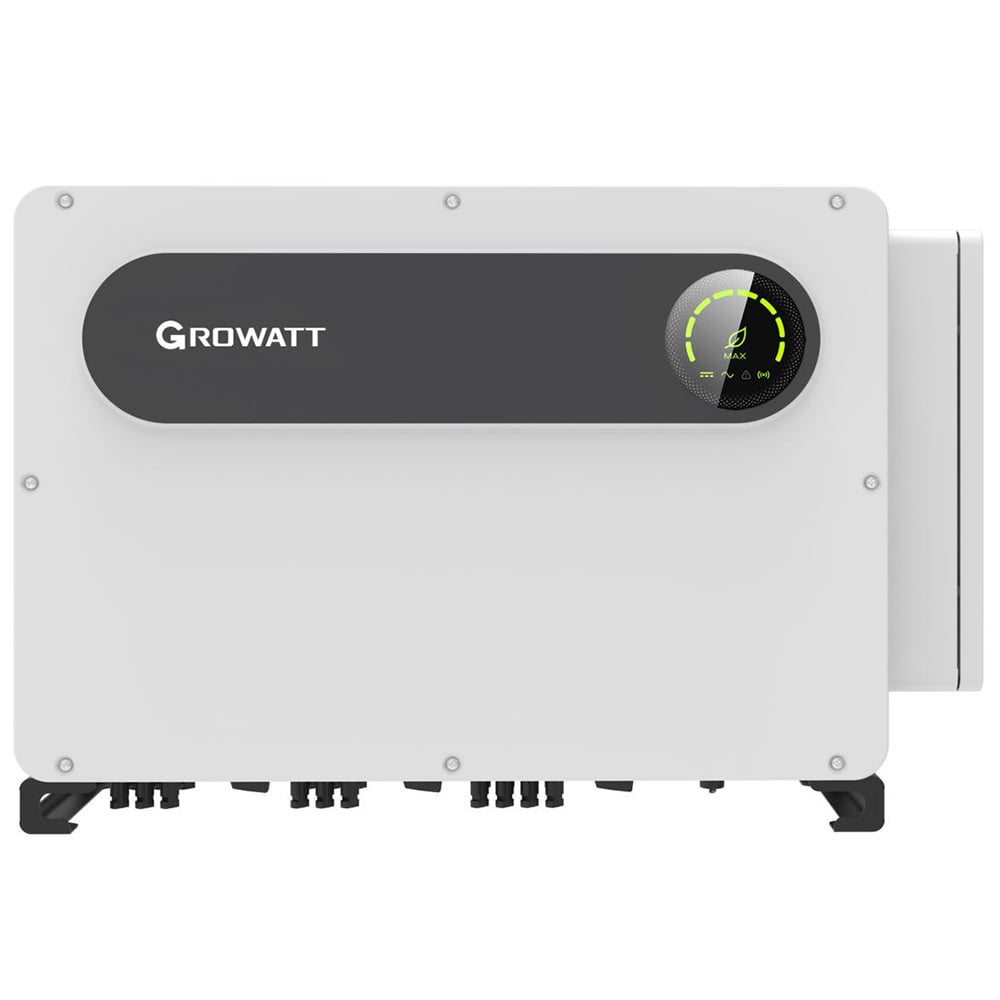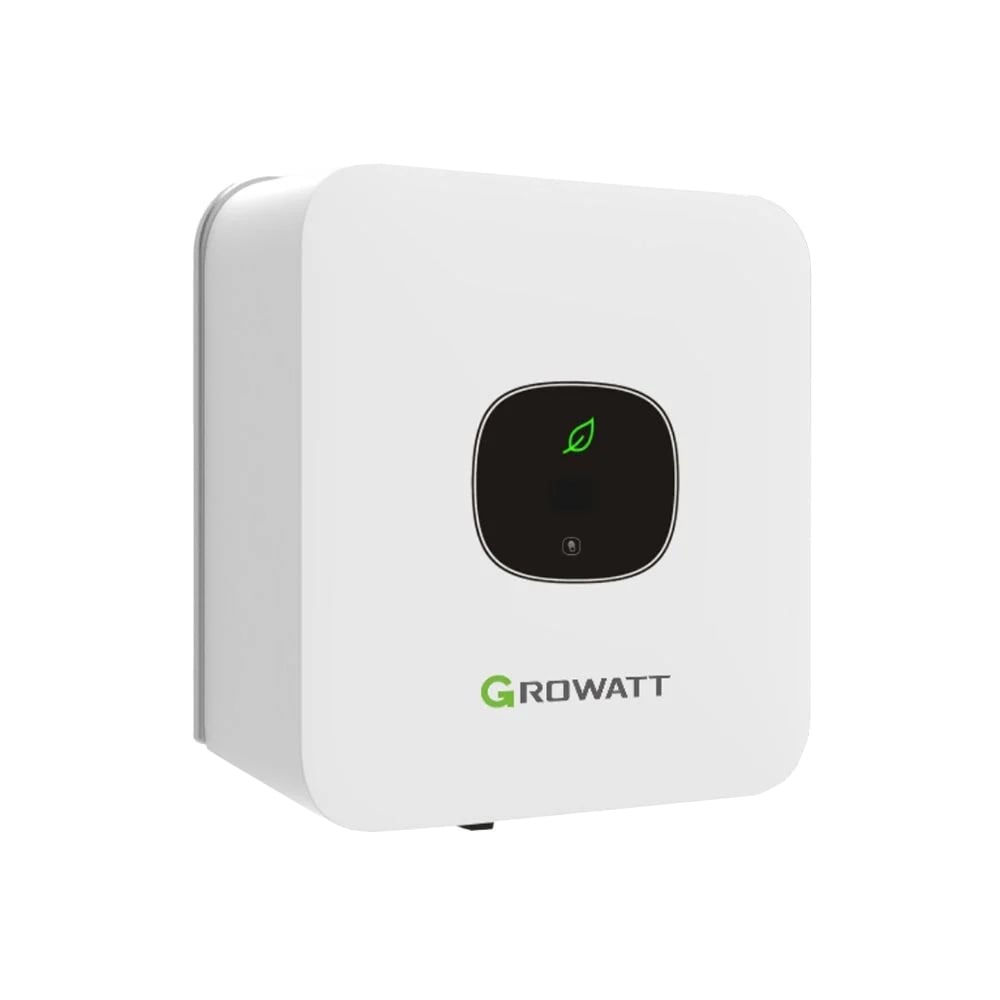- Batteries
- Electronics
- Generators
- Installation
- Complete Systems
- Brands
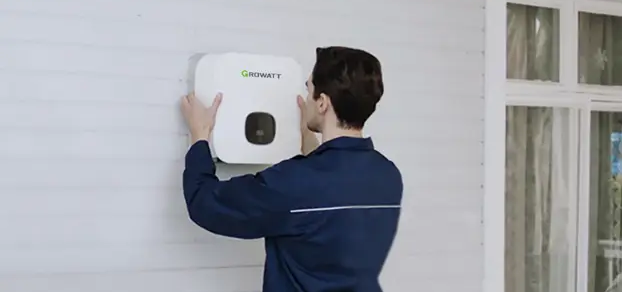
Grid Inverters
Growatt's grid-connected PV inverters make it possible to use the solar power generated and feed surplus energy into the grid, thereby reducing electricity costs and making efficient use of renewable energy sources.
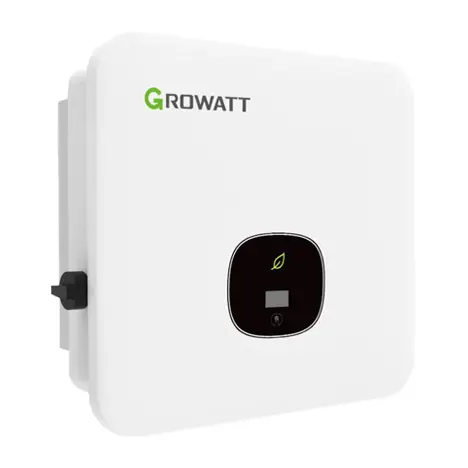
MOD 3-15KTL3-X/XH
3-15 kW | 2 MPPTs | Three-Phase
The three-phase models of the MOD series are ideal for the easy and user-friendly operation of large solar installations due to their high power and compact size. They are characterized by their high efficiency, 2 independent MPPT inputs, and straightforward operation.
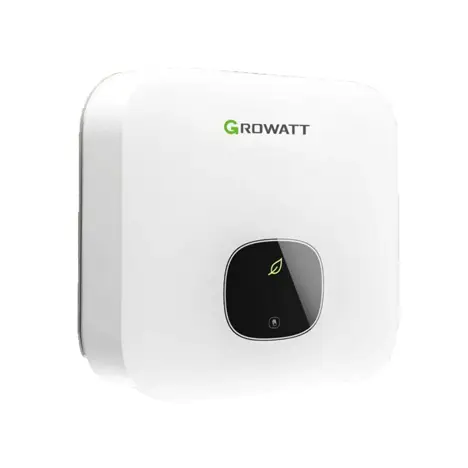
MIN 2500-10000TL-X
2,5-4,6 kW | 2 MPPTs | Single-Phase
The models of the MIN series are specifically designed for single-phase PV systems, such as residential homes and small commercial enterprises. They impress with high adaptability coupled with remarkable efficiency and 2 MPP trackers.
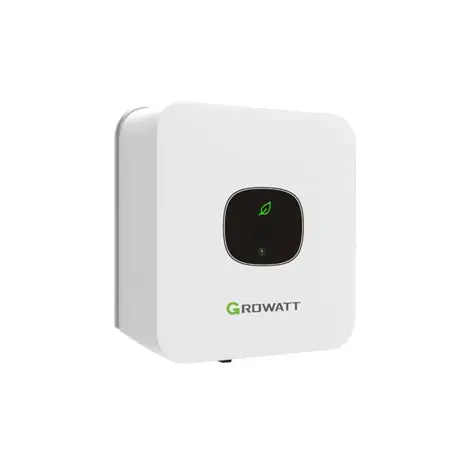
MIC 600-3300TL-X
600-3300 W | 1 MPPT | Single-Phase
The single-phase inverters of the MIC series are ideal for small PV systems due to their high yields combined with user-friendliness. They are particularly lightweight, compact, cost-effective, and easy to install.
MAC-Series
The Growatt MAC series of inverters is specifically designed to work with high-performance modules, achieving high efficiency of up to 98.8%. Integrated protection functions ensure high safety, while Smart I/V-Scan and diagnosis enable intelligent monitoring. With AC & DC Type II SPD and 3 MPPTs (Maximum Power Point Trackers), the inverters are optimally equipped and an ideal choice for large PV systems that prioritize high performance and reliability.
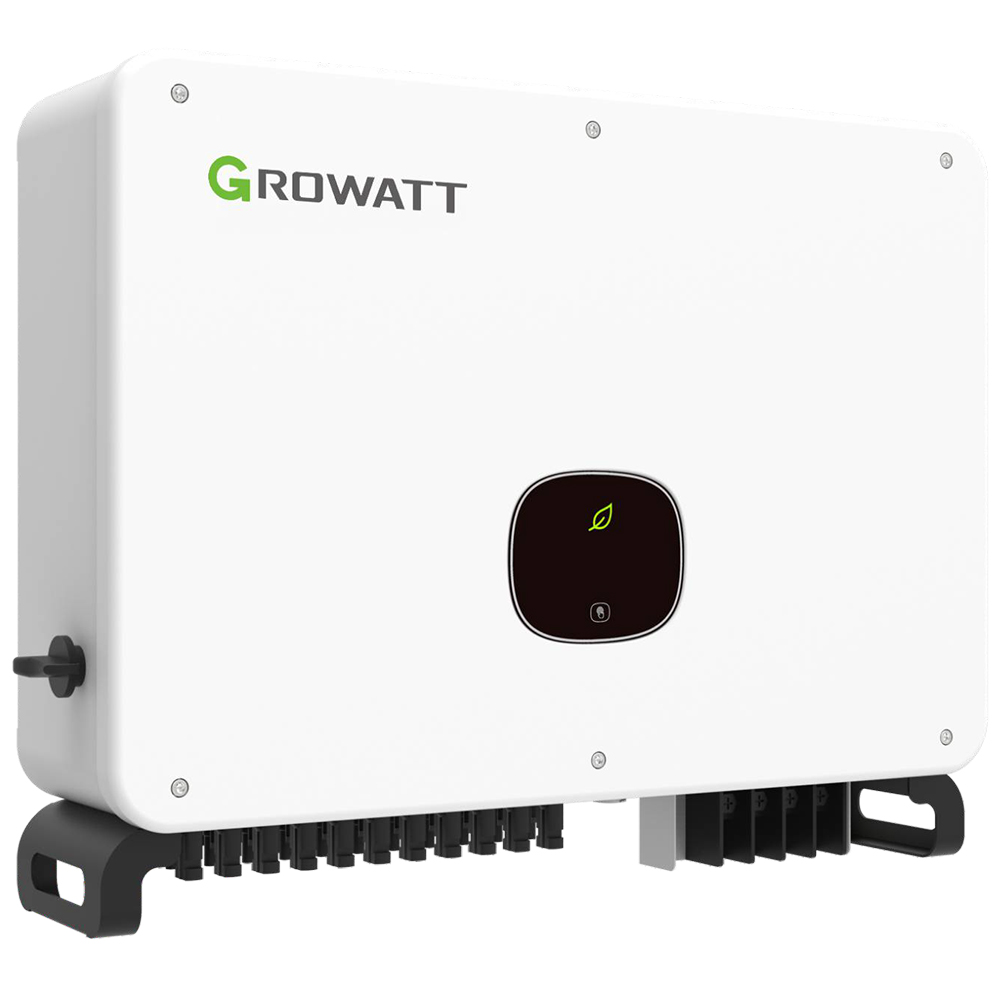
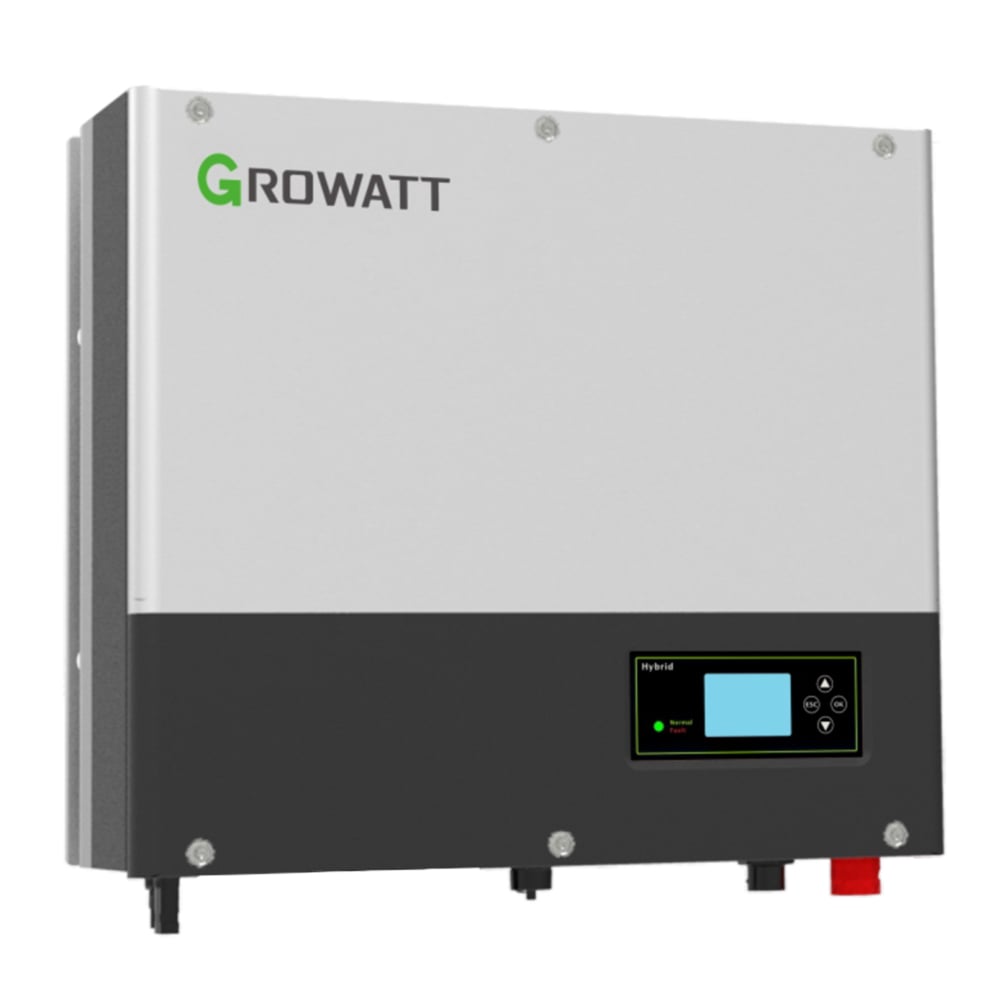
SPA 4000-10000TL3 BH-UP
4-10 kW | AC-gekoppelt | UPS
The three-phase grid inverters of the SPA series feature 3 programmable operating modes, a VPP interface, and a wide battery voltage range from 100-550 V. Additionally, these inverters are characterized by a UPS function that ensures uninterrupted power supply and an impressively fast 10-ms transfer for smooth operation. Furthermore, retrofits as well as new systems are supported, and compatibility with high-voltage batteries is ensured.
Shipped in 2-5 days
Shipped in 2-5 days
Shipped in 2-5 days
Shipped in 2-5 days
Shipped in 2-5 days
Shipped in 2-5 days
Shipped in 1-3 days
Shipped in 1-3 days
Shipped in 2-5 days
Shipped in 2-5 days
Shipped in 2-5 days
Shipped in 2-5 days
Shipped in 2-5 days
Shipped in 2-5 days
Shipped in 2-5 days
Shipped in 2-5 days
Shipped in 2-5 days
Shipped in 2-5 days
Shipped in 2-5 days
Shipped in 2-5 days
Shipped in 2-5 days
Shipped in 2-5 days
Shipped in 2-5 days
Shipped in 2-5 days
Shipped in 1-3 days
Shipped in 1-3 days
Shipped in 2-5 days
Shipped in 2-5 days
Shipped in 1-3 days
Shipped in 1-3 days
Shipped in 2-5 days
Shipped in 2-5 days
Shipped in 2-5 days
Shipped in 2-5 days
Soon available again
Soon available again
Soon available again
Soon available again
Soon available again
Soon available again
Soon available again
Soon available again
Grid Inverter
Growatt grid-tied inverters enable the use of generated solar power and the feeding of excess energy into the grid, which leads to reduced electricity costs and efficient utilization of renewable energy sources. These grid-tied PV inverters offer efficient and reliable solutions for converting solar energy into usable alternating current for your home or business.
Outstanding Performance and Efficiency
Growatt grid-tied inverters excel in their outstanding performance and efficiency. They convert direct current (DC) from solar panels into alternating current (AC), which can be seamlessly integrated into your home’s electrical grid. With high efficiency, they ensure maximum energy yield from your solar power system.
Durability and Longevity
Growatt places great emphasis on the quality and longevity of its products. The grid-tied inverters are robustly built and designed for reliable operation under various conditions. They are easy to install and require minimal maintenance, extending their lifespan and keeping operational costs low.
Clean Energy with Growatt
Growatt grid-tied inverters are the ideal choice for anyone looking for a reliable and efficient solution for utilizing solar energy. Invest in clean energy and reduce your electricity bills with Growatt’s high-quality grid-tied inverters.
FAQ
- How do grid-tied inverters differ from hybrid inverters? Unlike hybrid inverters, grid-tied inverters cannot operate a battery storage system.
- What is the difference between single-phase and multi-phase inverters? Single-phase inverters feed power into the grid using one phase, while three-phase inverters feed power into at least two phases. This minimizes energy storage within the device and thereby extends its lifespan.
- What does "grid feeding" or "feeding into the grid" mean? Grid feeding refers to the process of feeding excess solar energy into the public power grid. This occurs when self-consumption is covered, and the solar system continues to generate energy.


